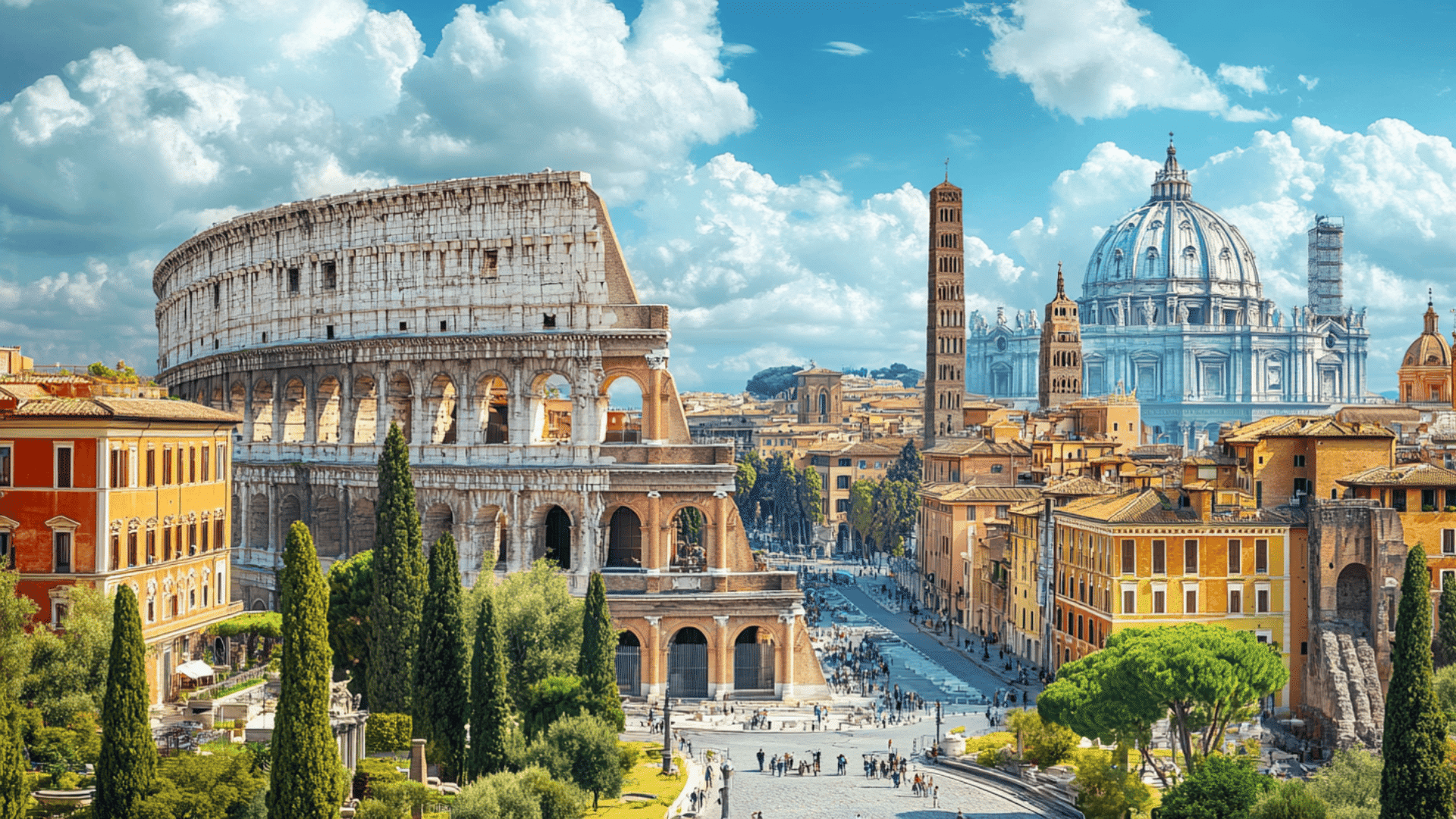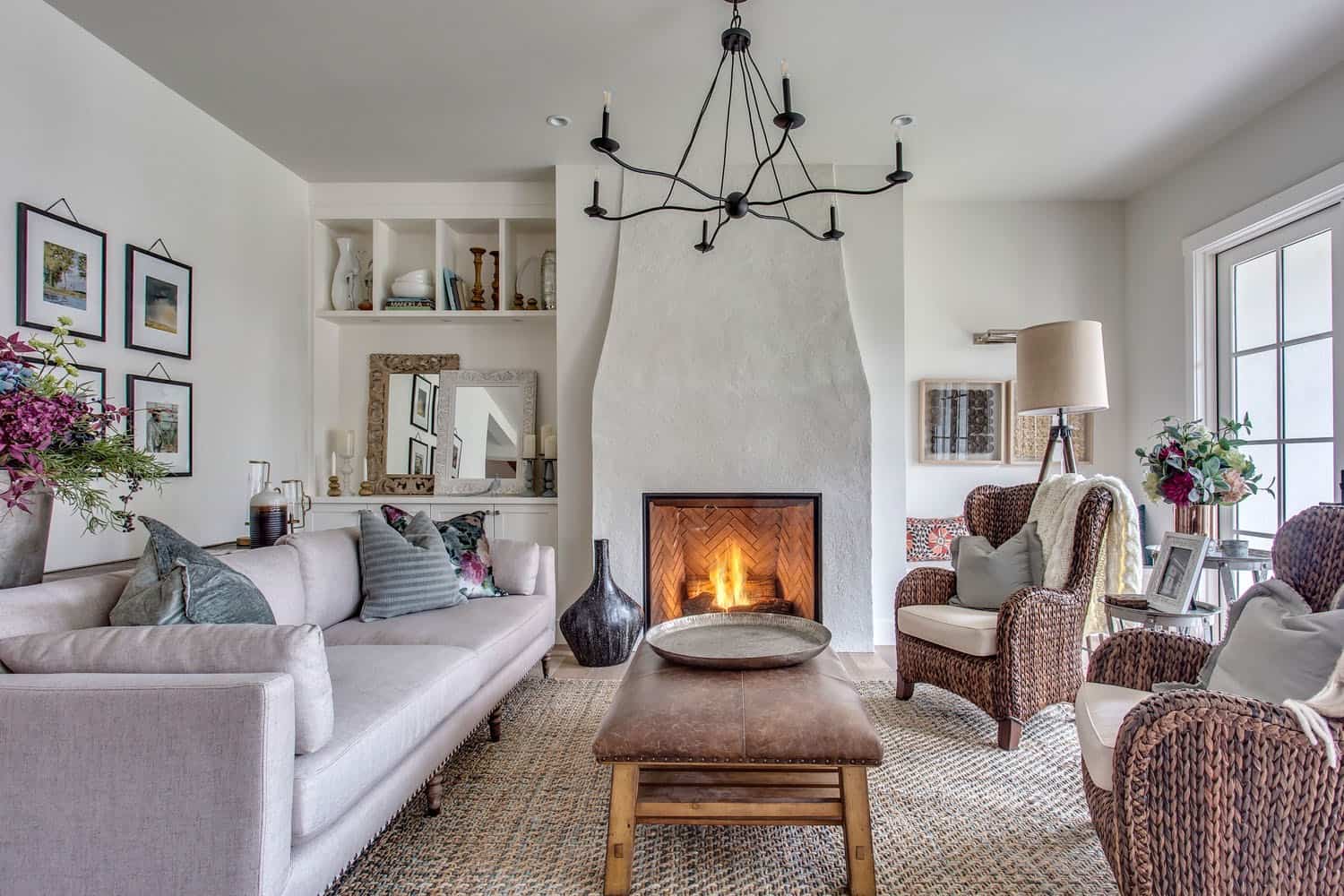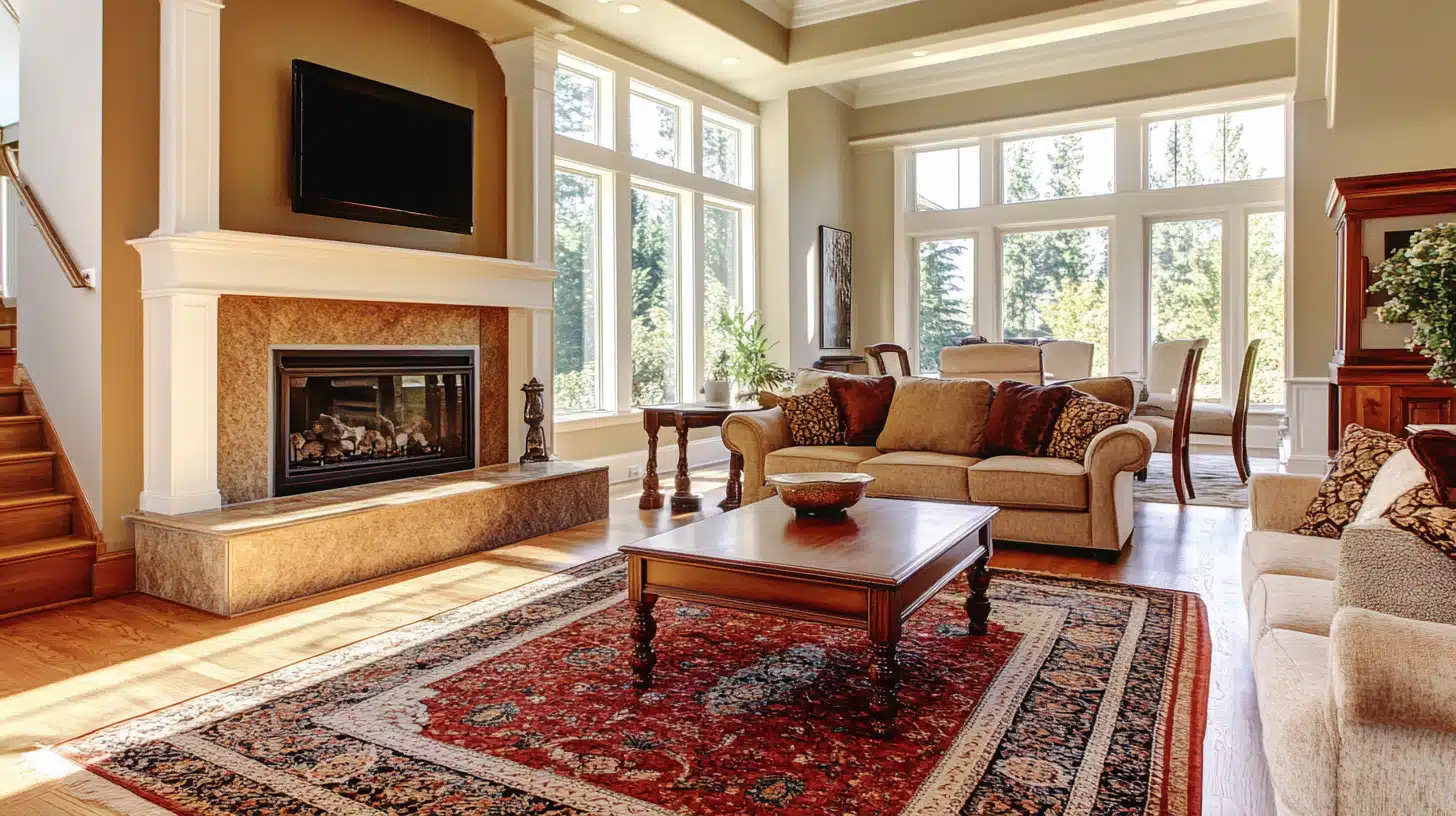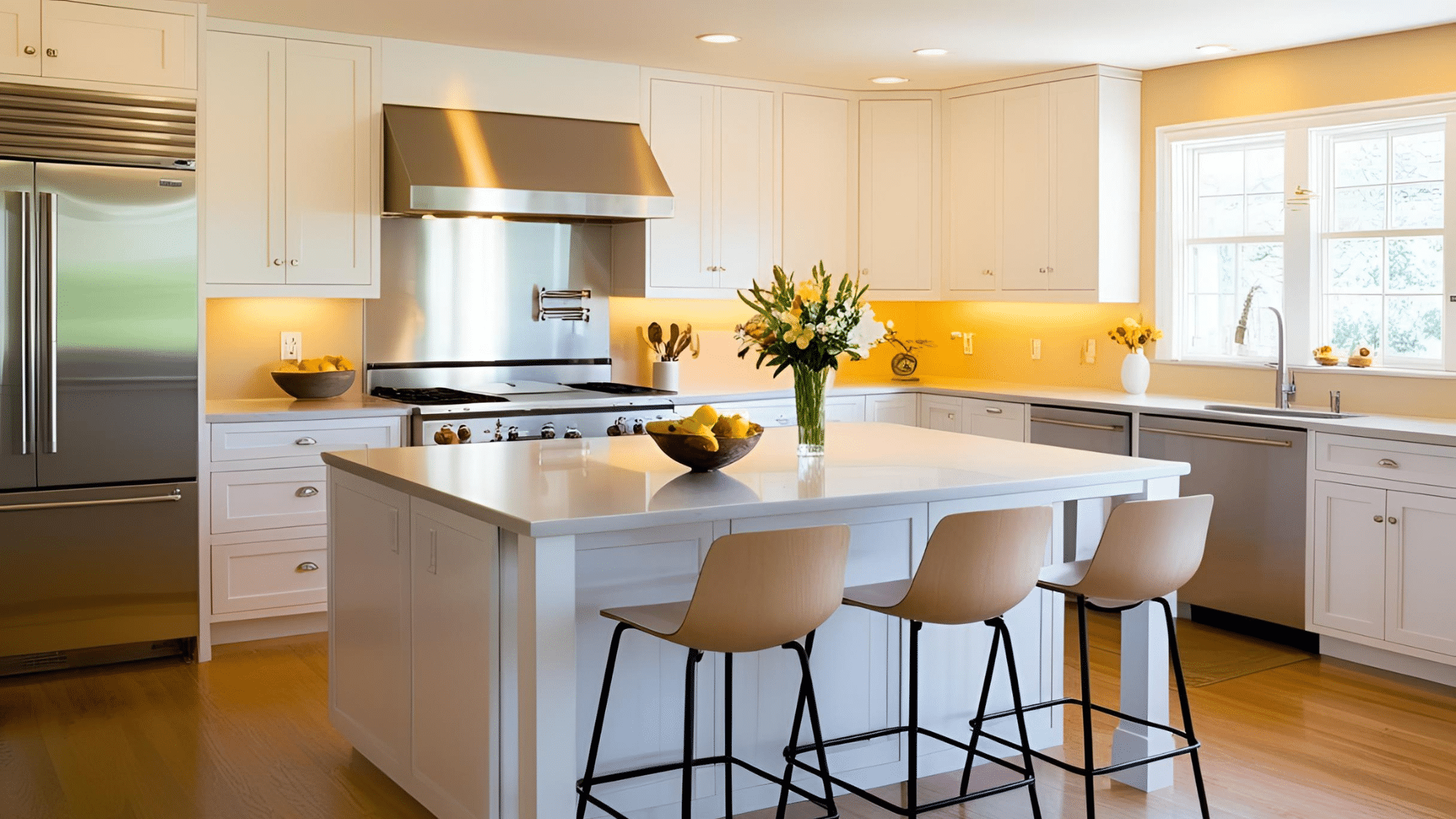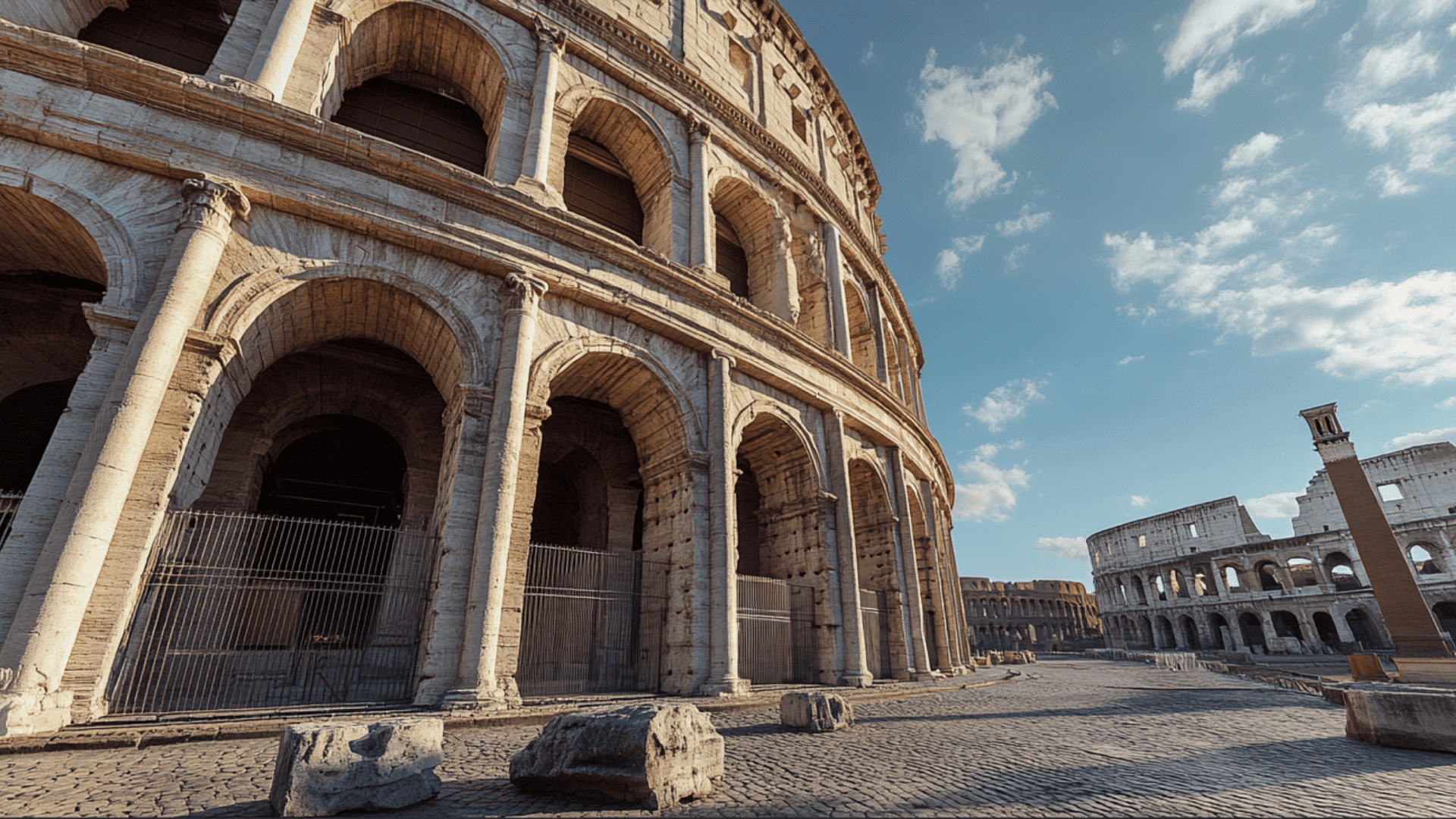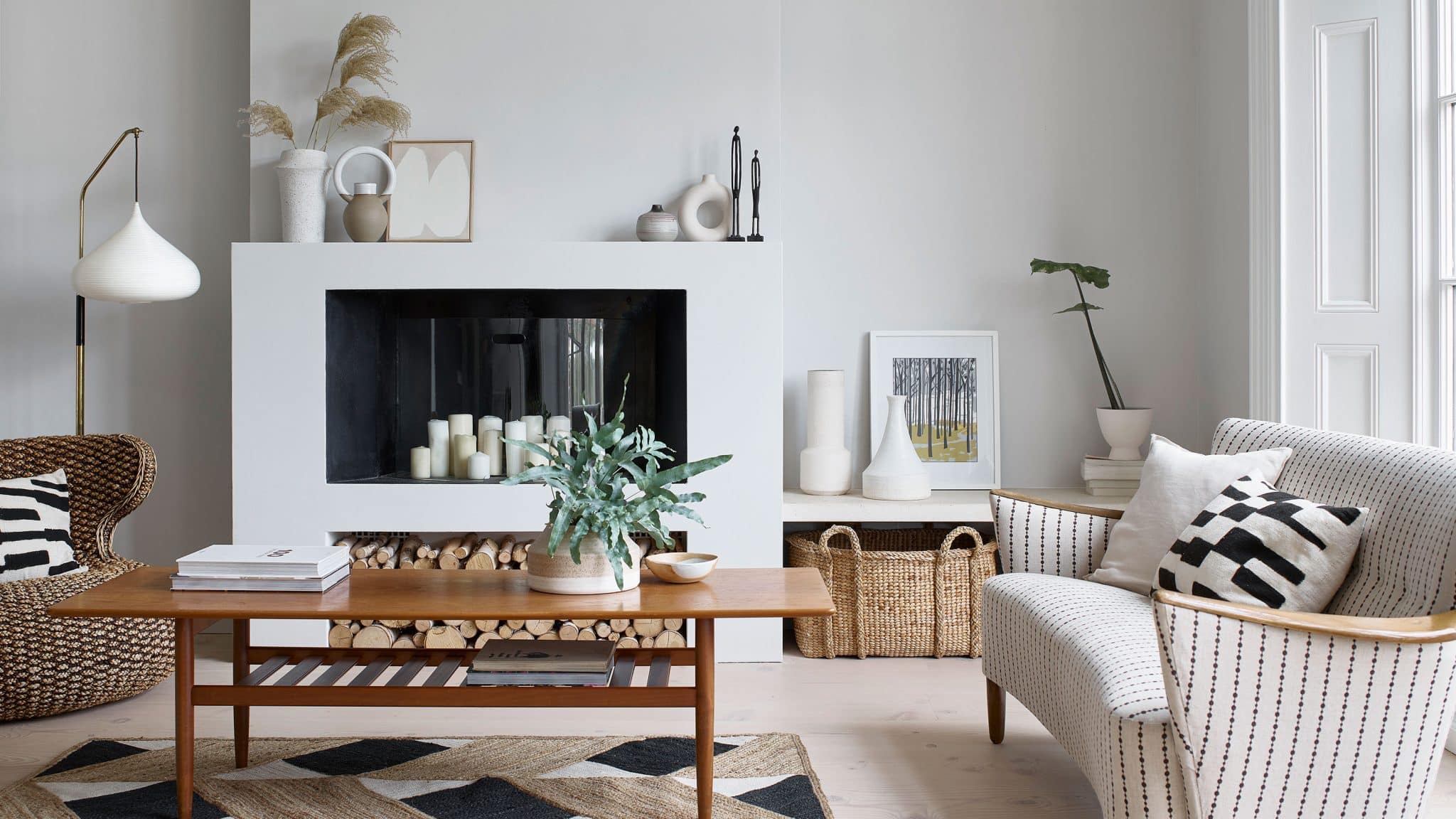A Guide to Italian Architecture Styles with Examples
Italian architecture has a rich history that spans thousands of years.
Each period brought new styles and ideas, from the strong columns of Roman buildings to the detailed work of the Renaissance.
Italian architecture reflects the country’s culture, history, and values.
Today, Italy continues to shape global design, combining old traditions with new trends.
In this blog, we’ll see some of the most famous Italian architectural styles.
We’ll look at how they’ve developed over time and how they’ve influenced buildings all over the world.
Key Italian Architecture Styles
1. Etruscan Architecture
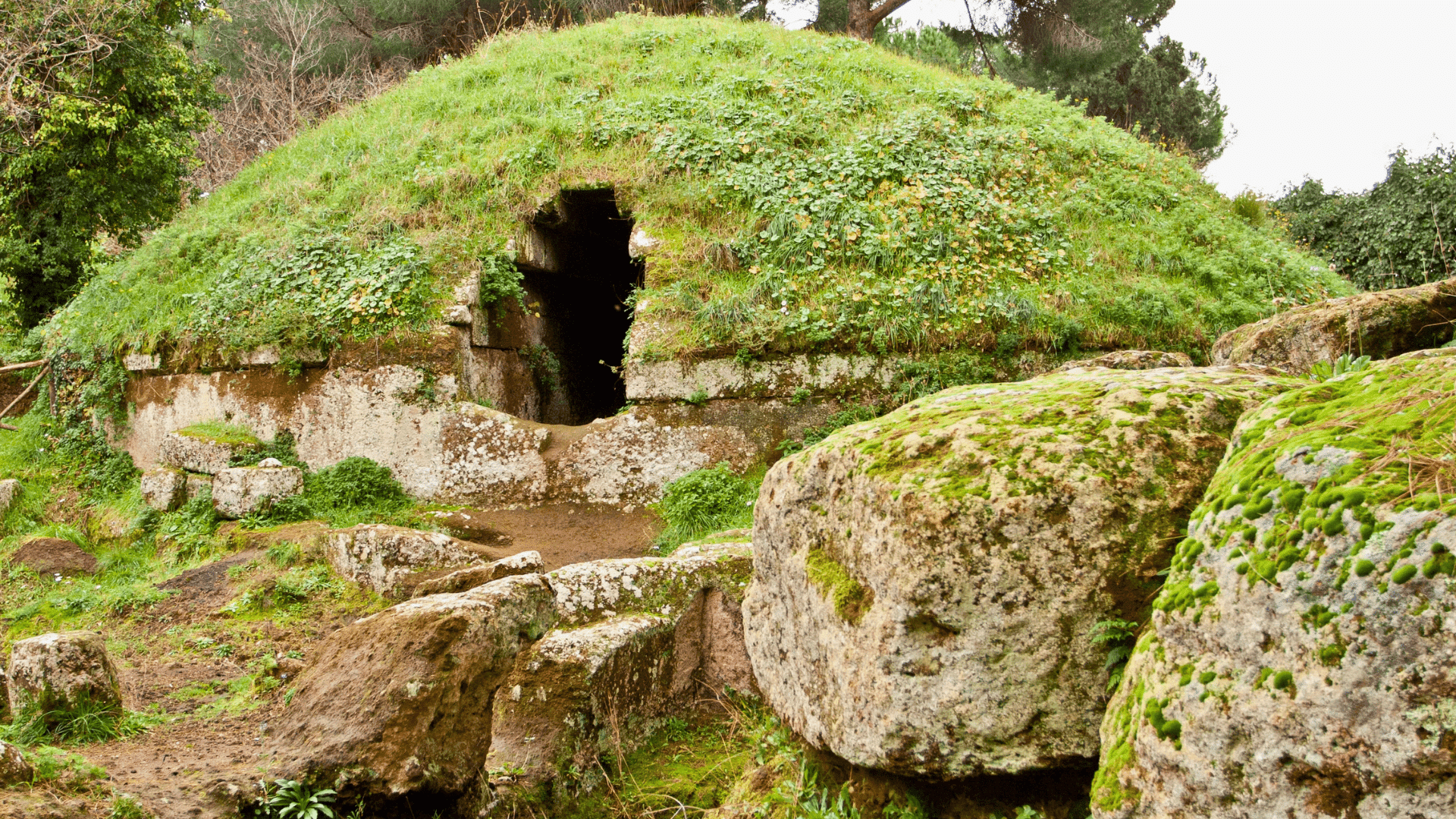
Etruscan architecture played an important role in shaping early Italian design. It laid the foundation for many Roman building techniques.
The Etruscans used arches to create stable structures, which the Romans would later perfect.
They also introduced the use of terracotta tiles for roofing, a practice that continued in later architectural styles.
This early style focused on practicality and durability, with a strong emphasis on locally available building materials.
The Etruscans were among the first to construct large-scale structures, which influenced the Romans’ use of vaulting and arches.
Key Features
- Simple, practical designs for temples and homes.
- Arches were used as a key structural element.
- Buildings often featured wooden roofs and mudbrick walls.
Notable Examples
Etruscan tombs and temples in central Italy are some of the earliest examples of this style.
2. Greek Influence
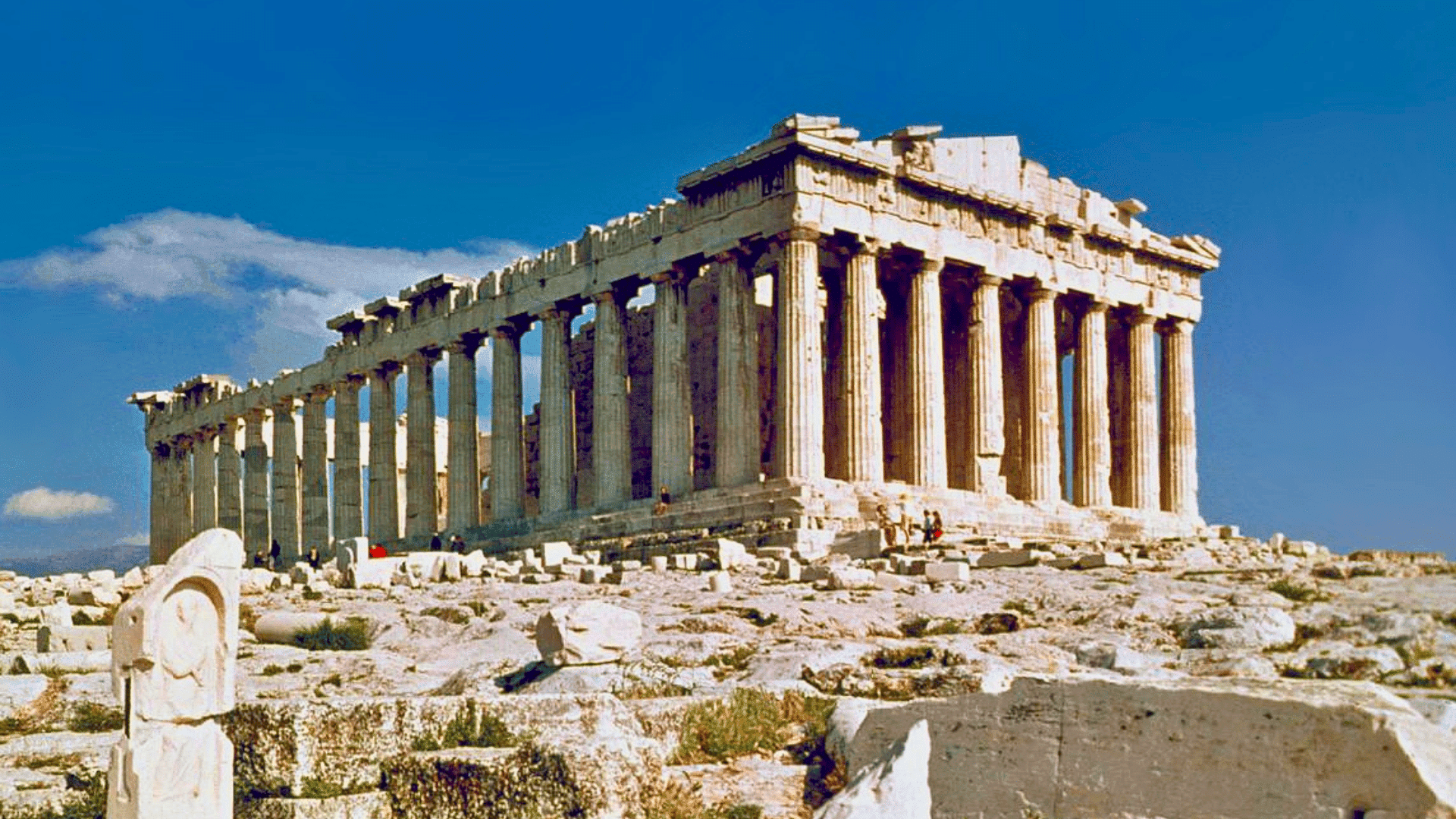
Greek architecture had a big effect on early Roman and Italian designs. The Greeks focused on balance, symmetry, and the use of columns.
Their ideas on building shapes and proportions helped form the basis for many Roman structures.
The Greeks’ influence is seen in the way Roman architects used columns, especially in their temples and public buildings.
The Romans adopted Greek styles like the Doric, Ionic, and Corinthian columns, which are still common in architecture today.
Key Features
- Use of columns, including Doric, Ionic, and Corinthian.
- Focus on symmetry and balance in design.
- Proportions based on human scale.
Notable Examples
The Parthenon in Athens is a famous example of Greek architecture that inspired Roman designs.
Roman temples and public buildings, such as the Temple of Jupiter in Rome, show Greek influence.
3. Roman Architecture
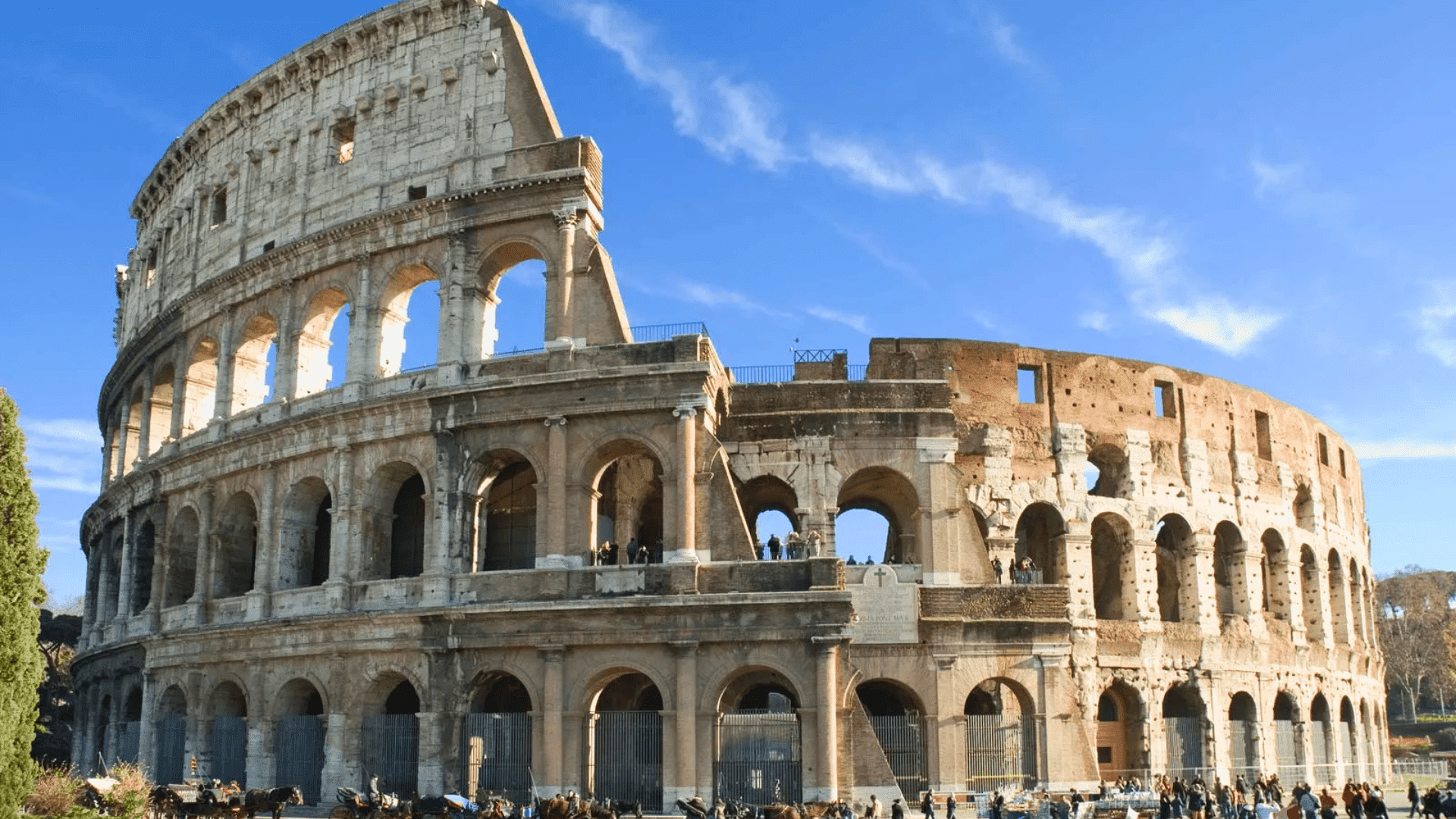
Roman architecture is known for its key innovations that shaped the future of building design.
The Romans perfected the use of concrete, which allowed them to build larger and more complex structures.
They also made use of arches, vaults, and domes, changing the way buildings were constructed.
These innovations allowed the Romans to create impressive buildings such as aqueducts, amphitheaters, and basilicas.
Many of these structures are still standing today and have influenced architecture around the world.
Key Features
- Use of concrete for stronger, more durable buildings.
- Arches, vaults, and domes as key structural elements.
- Large-scale public buildings like amphitheaters and aqueducts.
Notable Examples
The Colosseum in Rome is one of the best examples of Roman architecture.
The Pantheon, with its massive dome, is a symbol of Roman engineering.
4. Romanesque Architecture
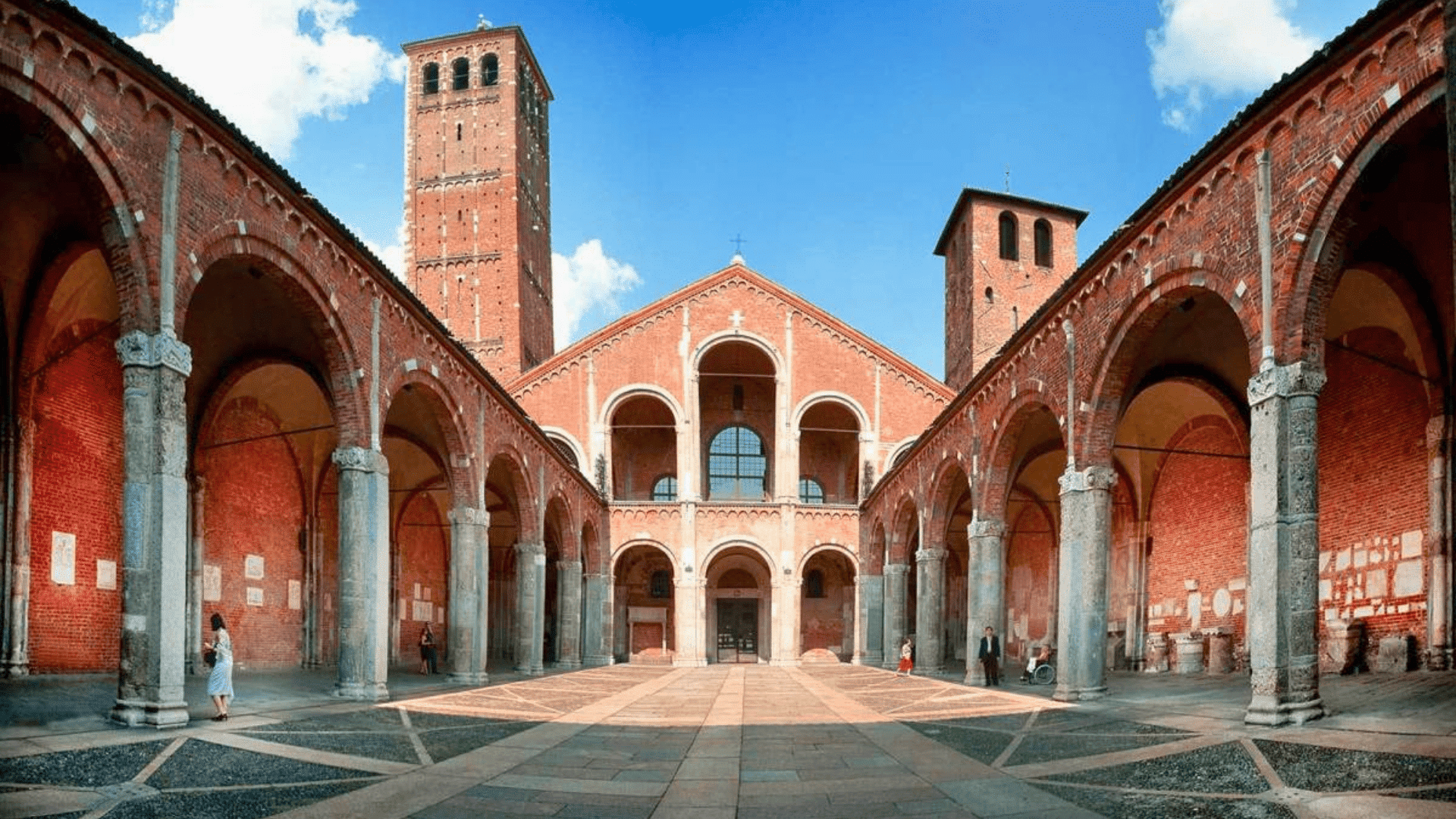
Romanesque architecture is a style that developed between Roman and Gothic architecture.
It is characterized by its simple, strong, and robust designs. The style focuses on large stone buildings with thick walls, small windows, and round arches.
Romanesque architecture was often used in churches and public buildings, reflecting the need for security and stability.
It was influenced by the Roman structures but moved away from their more open designs. The style marks a period of architectural transition leading to the more decorative and vertical Gothic style.
Key Features
- Thick stone walls and small windows.
- Rounded arches and barrel vaults.
- Strong, practical designs for stability and security.
Notable Examples
St. Ambrogio Church in Milan is a prime example of Romanesque design.
The Abbey of Cluny in France shows how the Romanesque style spread across Europe.
5. Gothic Architecture
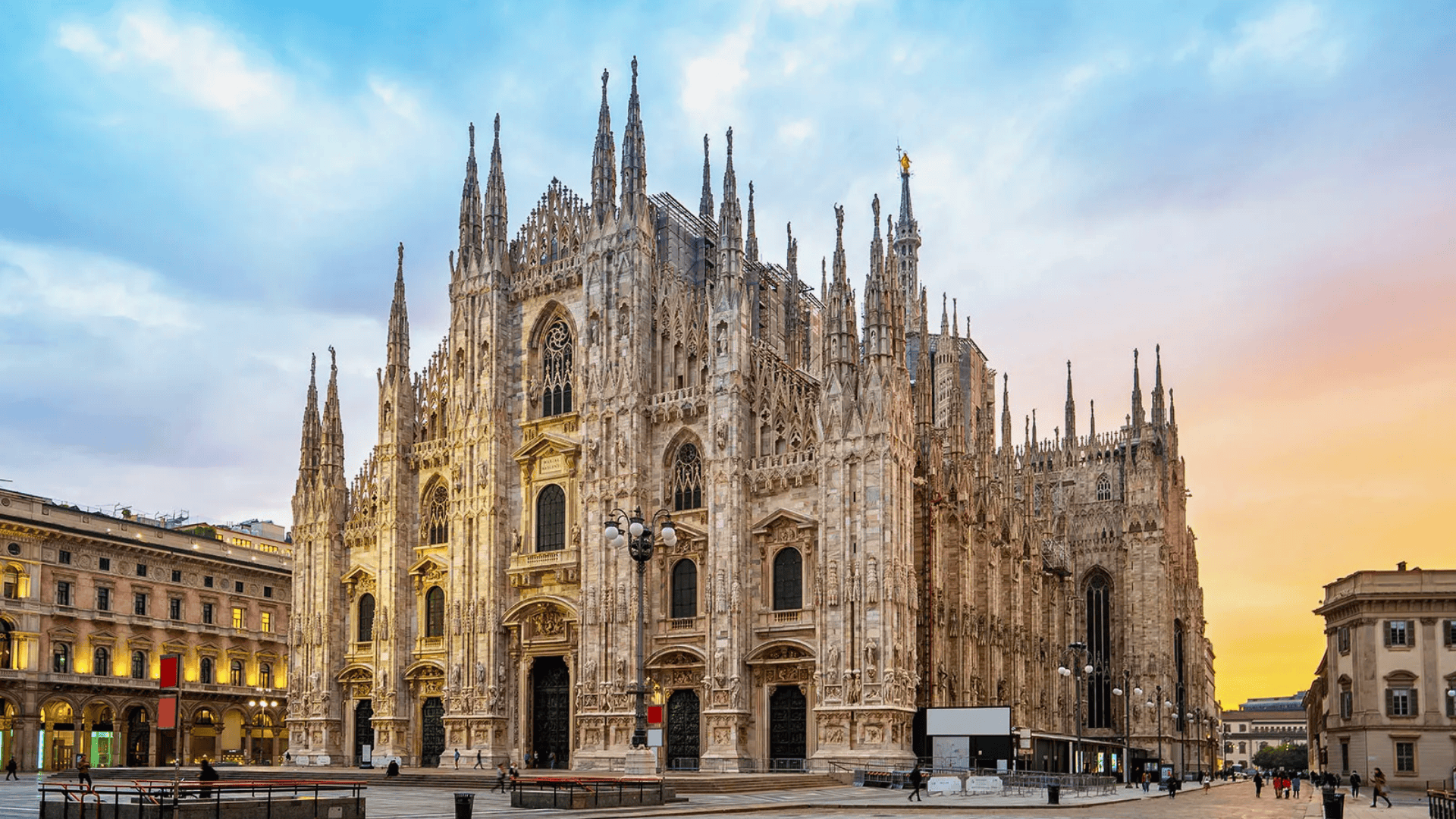
Gothic architecture emerged in the 12th century and is known for its dramatic verticality and detailed design.
The style is marked by pointed arches, ribbed vaults, and flying buttresses, which allowed for taller and more open structures with large windows.
Gothic buildings were often used for cathedrals and churches, where light and height were symbolic of the divine. The large windows were filled with stained glass, which added color and beauty to these spiritual spaces.
Key Features
- Pointed arches and ribbed vaults for structural support.
- Flying buttresses that allowed for taller, thinner walls.
- Large windows with intricate stained glass.
Notable Examples
Milan Cathedral is a famous example of Italian Gothic architecture.
The Florence Cathedral (Duomo), designed by Filippo Brunelleschi, is another iconic Gothic structure.
Italian Architecture During the Renaissance

The Renaissance saw a return to classical Greek and Roman principles. Architects focused on symmetry, proportions, and perspective, all of which were central to classical design.
This revival marked a shift away from the more ornamental and less structured designs of the Middle Ages.
Innovation during this period led to the use of geometrical principles and humanism in design.
Architects began to create more harmonious and balanced spaces that reflected the natural world and human form.
This approach to design encouraged clean lines, perfect proportions, and a sense of order that had not been seen for centuries.
Famous Examples
St. Peter’s Basilica, Vatican City: A masterpiece of Renaissance architecture designed by Michelangelo and others. The massive dome and grand design showcase the period’s dedication to beauty and proportion.
Florence Cathedral (Duomo): Famous for its dome, designed by Brunelleschi. This architectural wonder helped define Renaissance design.
Palazzo Medici Riccardi: A symbol of Renaissance urban palaces designed by Michelozzo. The building’s design reflects the period’s ideals of balance, symmetry, and grandeur.
Influential Architects
- Filippo Brunelleschi: Known for designing the innovative dome of Florence Cathedral. His work was groundbreaking and set the stage for Renaissance architecture.
- Leonardo da Vinci: Contributed to architectural sketches and design ideas, though his major impact was in engineering and aesthetics. His concepts influenced the way buildings were planned.
- Michelangelo: His work on St. Peter’s Basilica is iconic, as well as his influence on the Sistine Chapel. Michelangelo’s architectural contributions helped define Renaissance design principles.
Italian Baroque and Rococo Architecture
1. Baroque Architecture
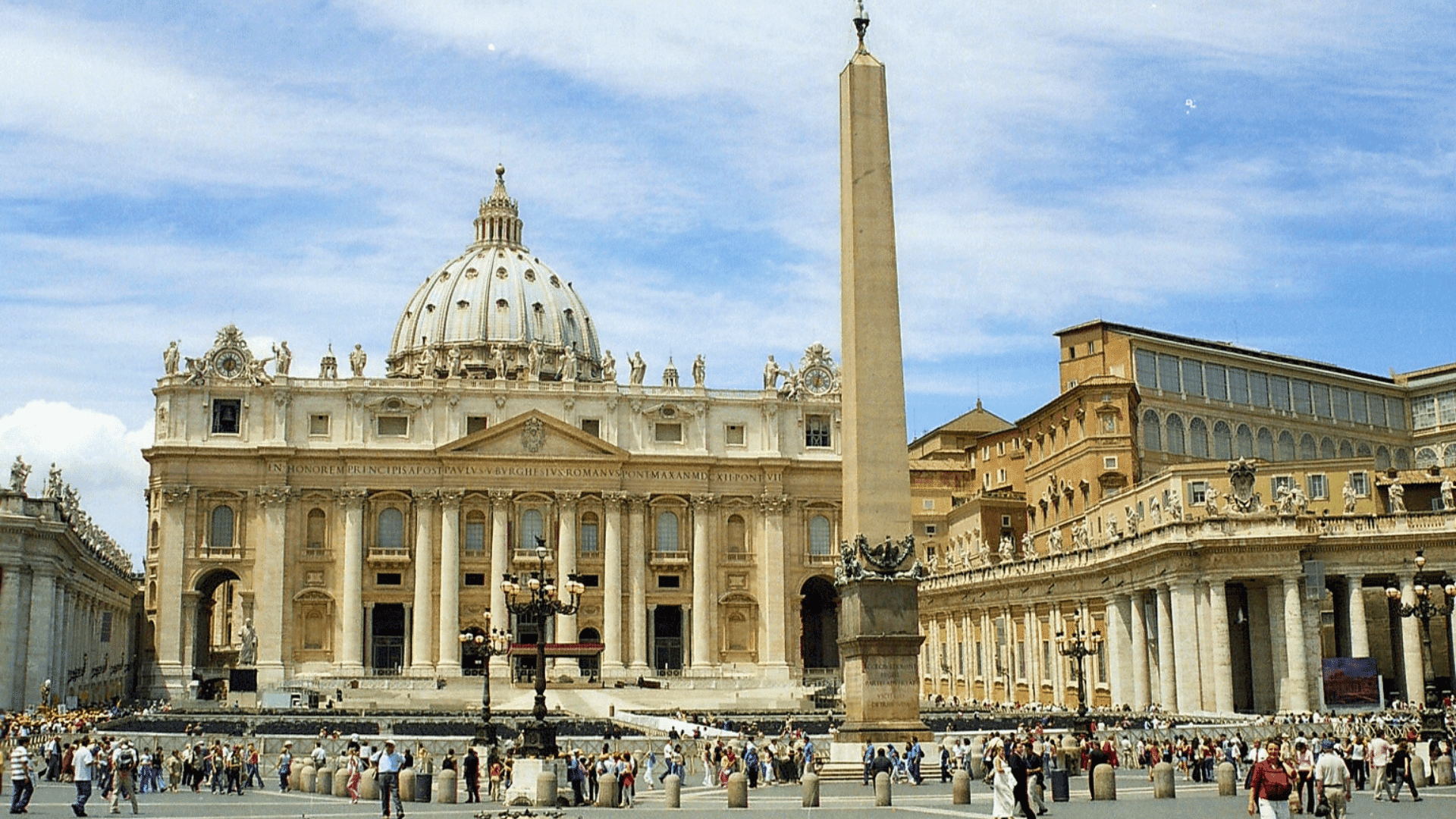
Baroque architecture emerged in the early 17th century and is known for its dramatic designs. This style features ornate details and a strong emphasis on light and shadow.
Baroque buildings were meant to impress and evoke emotion, often through bold shapes and elaborate decorations.
The architecture focuses on creating a sense of movement, energy, and grandeur. Architects used sweeping curves, dynamic facades, and intricate sculptures to draw attention and make a lasting impact.
Key Elements
- Emphasis on bold curves, dramatic facades, and rich decorations.
- Domes, columns, and sculptural detailing.
- Use of light and shadow to create a sense of drama.
Notable Examples
St. Peter’s Square, Vatican City: Designed by Gian Lorenzo Bernini, this space is a grand example of Baroque architecture.
Palazzo Barberini, Rome: A grand palace designed by Francesco Borromini showcasing Baroque elegance and ornamentation.
2. Rococo Influence

Rococo architecture evolved as a lighter and more decorative response to Baroque’s size and boldness.
While Baroque architecture focused on strong, dramatic designs, Rococo was more delicate and playful. The style welcomed asymmetry, soft colors, and intricate ornamentation.
Rococo was mainly used in the interiors of aristocratic homes and palaces, where comfort and beauty were prioritized.
The style brought a sense of lightness and charm to spaces, focusing on appearance rather than power.
Key Characteristics
- Use of delicate ornamentation, floral motifs, and asymmetry.
- Focus on interior design, particularly in aristocratic homes and palaces.
- Light and playful decoration, often featuring soft colors and intricate patterns.
Famous Examples
The Interior of Palazzo Pitti, Florence: This showcases the Rococo style with its elaborate details and refined beauty.
Famous Baroque Architects
- Gian Lorenzo Bernini: Master of Baroque, responsible for St. Peter’s Square and other monumental works.
- Francesco Borromini: Known for innovative Baroque churches, particularly San Carlo alle Quattro Fontane in Rome.
Neoclassical Architecture in Italy
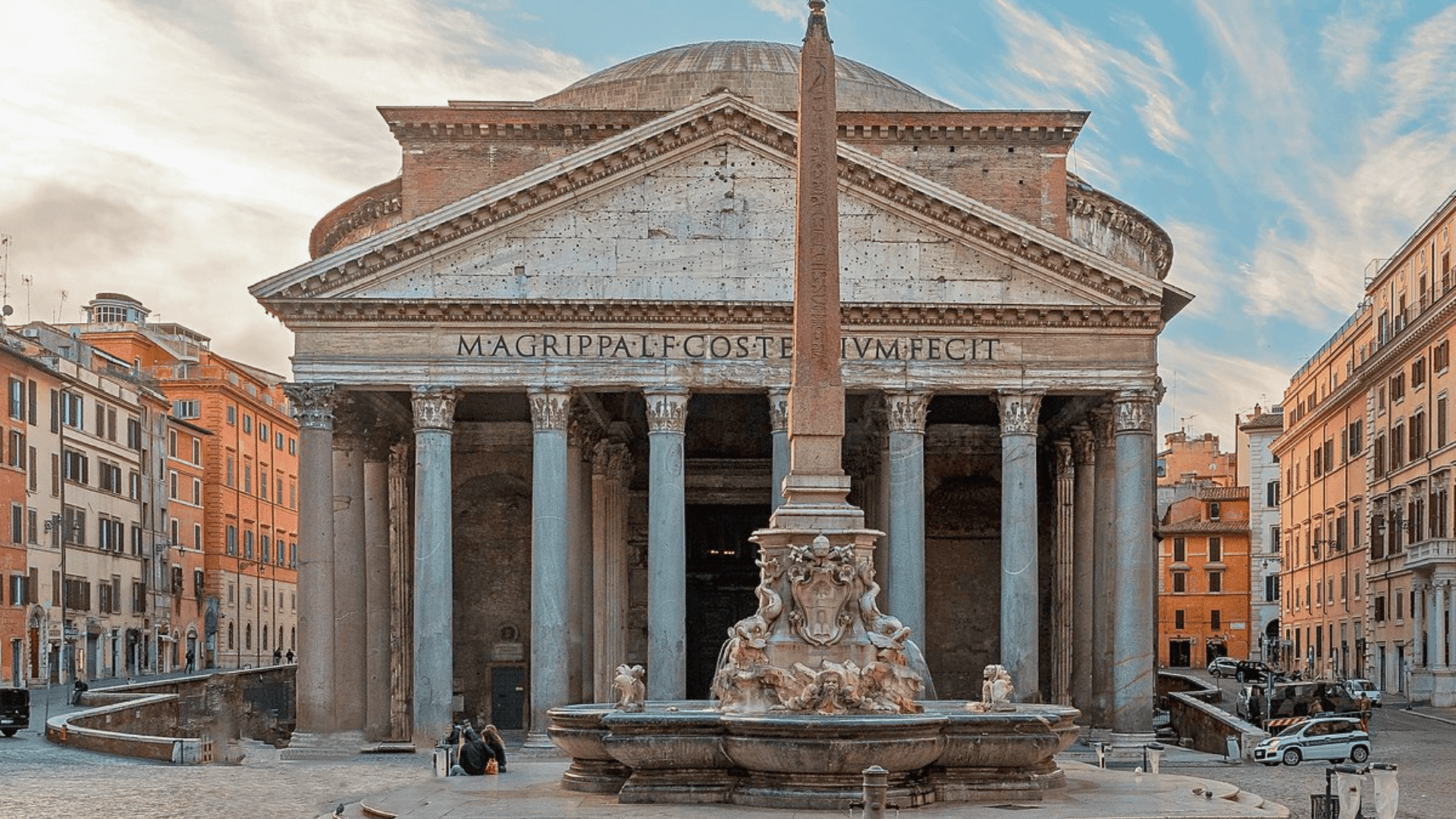
Neoclassical architecture focuses on clean lines, balanced proportions, and a return to the ideals of classical architecture.
The simplicity and symmetry of Greek and Roman buildings inspire it.
It aims to create orderly and balanced buildings, reflecting the classical belief in harmony and proportion.
Neoclassical buildings are often more simple and formal than earlier, more decorated styles.
Key Features
- Use of columns (especially the Corinthian and Ionic styles).
- Domes, porches, and the focus on balance and proportion.
- Clean lines and a return to classical simplicity.
Influence on Modern Architecture
Neoclassical architecture had a big effect on the design of public buildings around the world.
It influenced not just Europe but also countries like the U.S. and France, shaping the look of government buildings, monuments, and memorials.
Famous Examples
Pantheon, Rome: A perfect example of Neoclassical ideas, featuring a grand dome and classical proportions.
Villa Adriana, Tivoli: An ancient Roman architectural masterpiece that focuses on symmetry, proportion, and the beauty of classical design.
Italianate Architecture
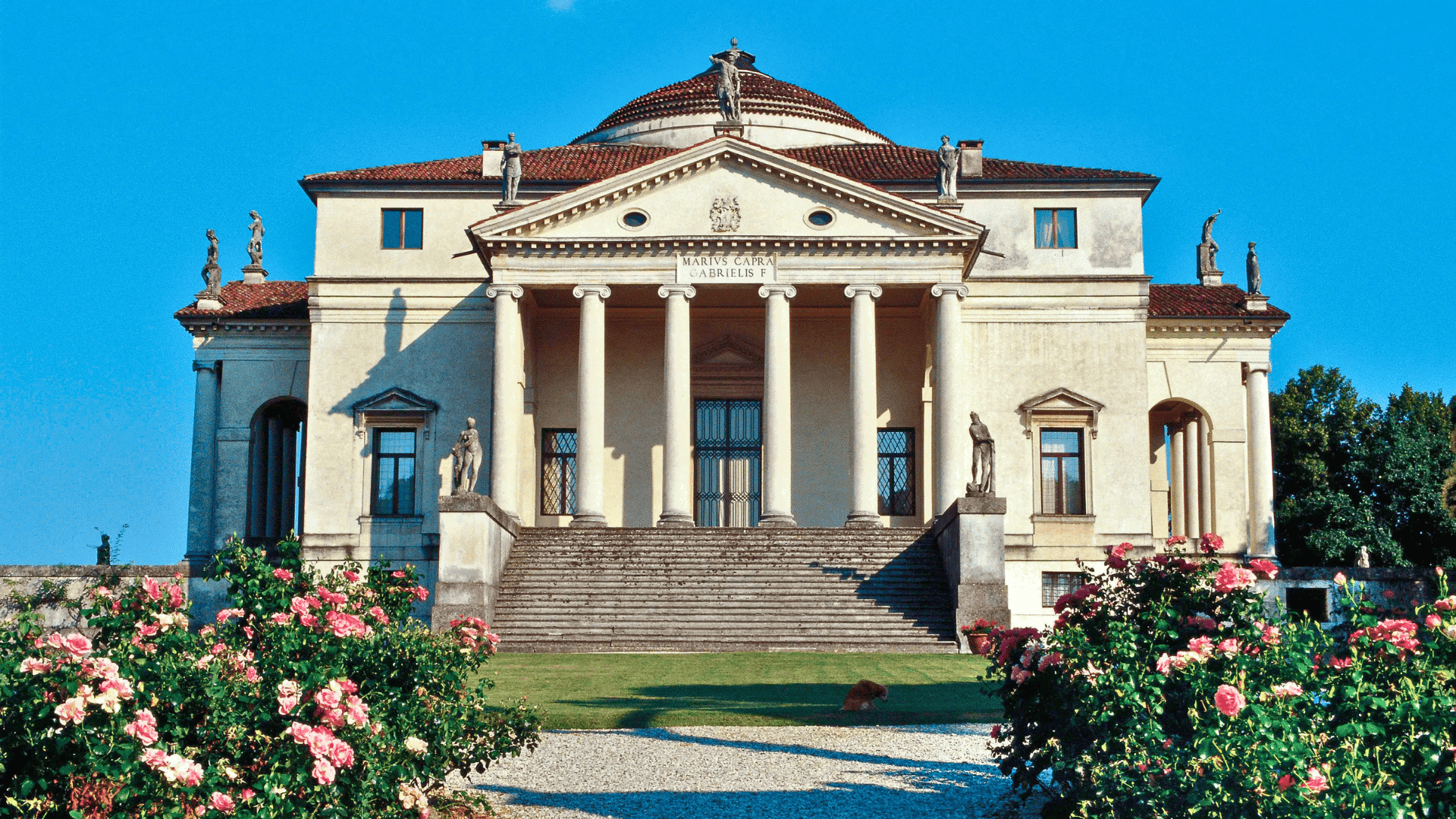
Italianate architecture became popular during the 19th century, especially in residential buildings in Italy and America.
This style is inspired by the design of Italian country villas and rural farmhouses, bringing a more relaxed and charming look to urban homes.
The style focuses on creating a warm, inviting atmosphere with simple yet beautiful details, making it a favorite for homes built during the Victorian era.
Key Features
- Low-pitched roofs, wide eaves, and decorative brackets.
- Inspired by the design of Italian country villas and rural farmhouses.
- Simple yet elegant details that focus on comfort and charm.
Famous Examples
Villa Rotonda, Vicenza: Designed by Andrea Palladio, this villa had a big influence on Italianate homes.
Italianate Villas: Found in both Italy and the U.S., including residential buildings like San Francisco’s Victorian houses.
Italian Urban Planning and City Layouts
Italian urban planning has been shaped by centuries of history, focusing on creating connected, vibrant spaces.
Italian cities are known for their central squares, narrow streets, and a mix of public and private spaces. The layout often centers around a main piazza, where people gather and interact.
The Roman grid system influenced city layouts in ancient times, and this approach can still be seen in modern Italian cities.
The goal was to create a functional and beautiful space that served both the practical needs of daily life and the desire for community interaction.
Notable Examples
Rome: The ancient streets and forums of Rome are a great example of how the grid system influenced the development of cities.
Florence: The city’s medieval layout blends with Renaissance planning, with narrow streets leading to open piazzas.
Italian Gardens and Landscape Architecture
Italian gardens are known for their formal layouts, which focus on symmetry, geometry, and proportion.
These gardens are designed to blend architecture with nature, creating a harmonious and balanced space.
The gardens aim to bring beauty and order with carefully planned paths and decorative features that encourage relaxation and reflection.
During the Renaissance, garden design became an art form with a focus on creating spaces that combined nature with human creativity.
Water features, sculptures, and geometric patterns were used to improve the beauty of these gardens.
Renaissance Influence
Gardens created during the Renaissance period integrated fountains, sculptures, and pathways to create harmony between nature and human design.
These gardens were not only places of beauty but also reflected the Renaissance ideals of balance and proportion.
Famous Examples
Villa d’Este Gardens, Tivoli: Known for its fountains, water features, and terraced design, this garden is a prime example of Italian Renaissance landscape architecture.
Boboli Gardens, Florence: A grand example of Italian garden design featuring sculptures and views that create a peaceful, harmonious environment.
The Role of Italian Architecture in Art Movements
Italian architecture has significantly shaped art movements throughout history. The design of buildings, spaces, and interiors has always been closely linked to the visual arts.
From the Renaissance to Baroque and Neoclassicism, Italian architecture has influenced and been influenced by art movements, creating a unique blend of style and beauty.
In these periods, architects worked closely with painters and sculptors to ensure that buildings and interiors reflected the ideals of the time.
Architecture was not only about structure but also about beauty, harmony, and artistic expression.
Key Connections
Renaissance Art: During the Renaissance, the use of perspective and proportion in architecture was influenced by the artistic techniques of painters like Leonardo da Vinci and Raphael.
Baroque Art: Baroque architecture incorporated dramatic elements that echoed the emotional intensity of Baroque painting and sculpture. The use of light, shadow, and movement in Baroque buildings mirrored the dynamic and expressive style of the era’s artists.
Architecture in Italy’s Religious Buildings
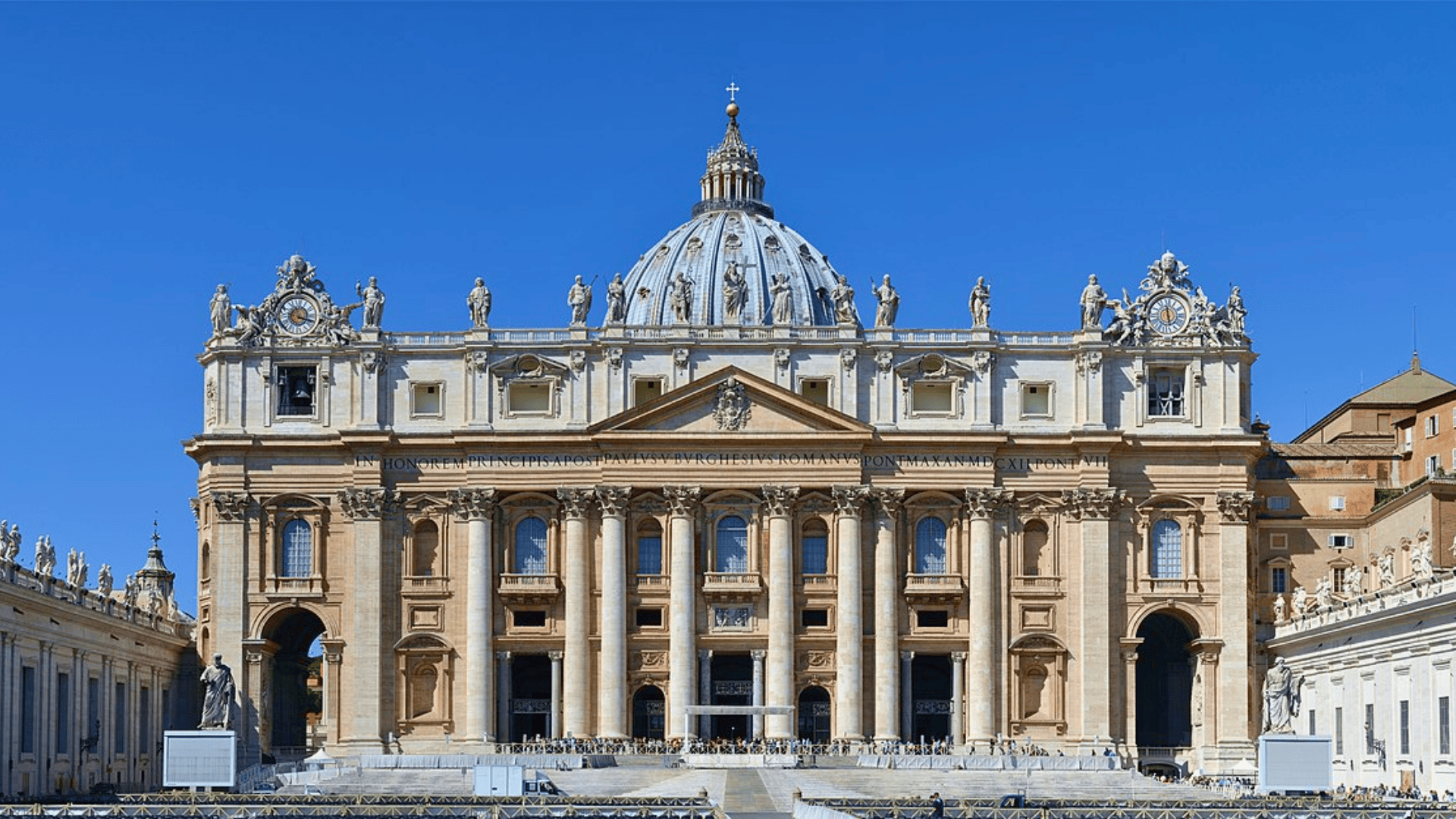
Italian religious architecture played an important role in the country’s architectural history.
Churches, cathedrals, and monasteries were designed not only to serve as places of worship but also as symbols of faith, power, and beauty.
These buildings often feature impressive domes, soaring columns, and intricate decorations.
Many Italian religious buildings combine architecture with art, including frescoes, sculptures, and stained glass windows.
The design of these spaces was meant to inspire awe and devotion, creating a spiritual experience for visitors.
Notable Examples
St. Peter’s Basilica, Vatican City: A masterpiece of Renaissance and Baroque architecture, designed by Michelangelo and others. Its grand dome is one of the most iconic architectural features in the world.
Basilica di San Francesco, Assisi: A stunning example of Gothic architecture with beautiful frescoes by Giotto. This basilica is a symbol of both art and faith.
Italian Architecture in Modern Times
In recent years, Italian architects have adopted modern design trends while continuing to honor the country’s architectural heritage.
Many buildings now focus on sustainability, using eco-friendly materials and technologies to create energy-efficient, environmentally responsible structures.
Modern Italian architecture blends contemporary styles with traditional elements, such as the use of natural materials and respect for historical design.
Sustainable practices, like green roofs and solar panels, are becoming common features in many new buildings.
Notable Examples
MAXXI Museum, Rome: Designed by Zaha Hadid, this modern building combines futuristic design with respect for Italy’s architectural history.
Bosco Verticale (Vertical Forest), Milan: A groundbreaking project that incorporates greenery into residential buildings, promoting environmental sustainability while offering a new approach to urban living.
Conclusion
From ancient Roman structures to modern sustainable designs, Italy’s architectural styles reflect its rich history and cultural influence.
Italian architects have created buildings that balance beauty and functionality.
Today, Italy continues to inspire architects globally, combining tradition and modern techniques.
Visiting Italy’s landmarks offers a chance to see these architectural styles up close. From grand cathedrals to peaceful gardens, each space tells a unique story.
Want to learn more about architecture and design? Check out our other blogs for more inspiration and insights into the world of architecture and design.

